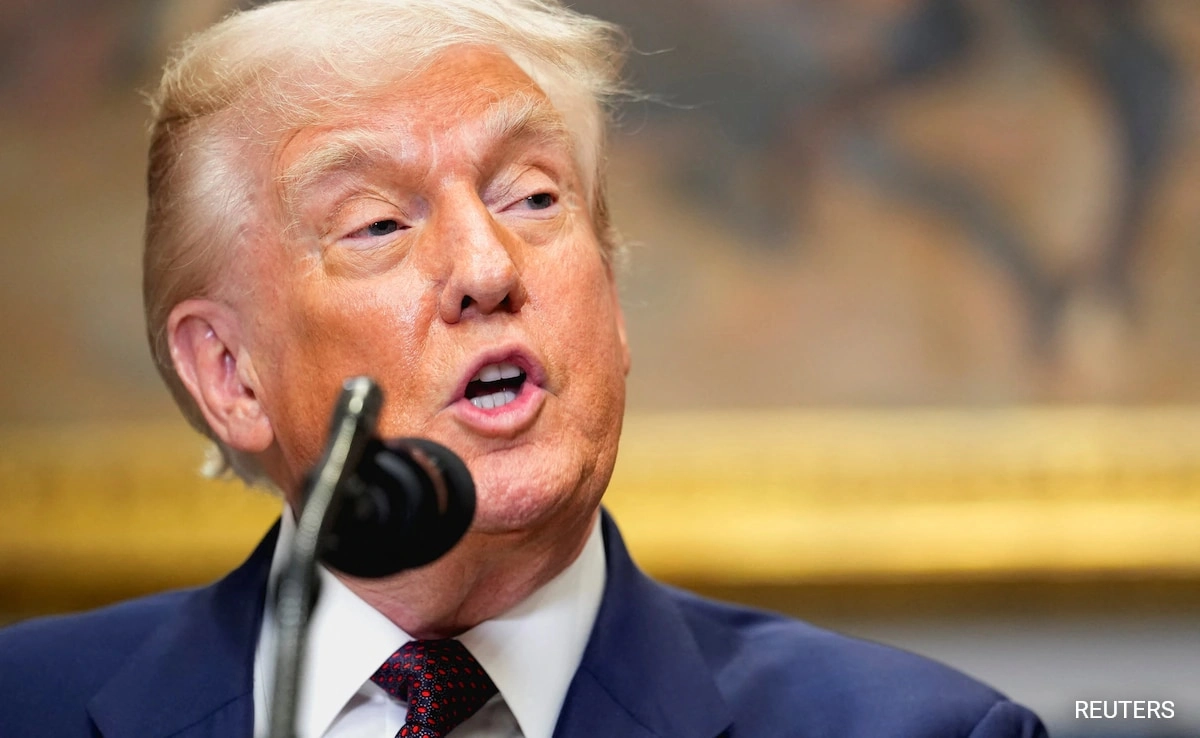Former President Donald Trump recently announced plans to reinstate the Presidential Fitness Test, a program aimed at promoting physical fitness among American schoolchildren. This initiative, which was originally introduced in the 1950s, seeks to encourage students to engage in regular physical activity and develop healthy habits from a young age. Trump’s administration believes that enhancing physical fitness standards in schools is crucial for combating childhood obesity and fostering a culture of health and wellness among the youth.
The Presidential Fitness Test comprises a series of assessments designed to evaluate various aspects of physical fitness, including strength, endurance, and flexibility. Students are typically tested in several areas, such as the mile run, sit-ups, and push-ups, with the goal of encouraging children to push their limits and strive for personal improvement. By bringing back this program, Trump aims to inspire a sense of competition and achievement among students, fostering not only physical health but also discipline and perseverance.
Supporters of the initiative argue that in an age dominated by screens and sedentary lifestyles, a structured fitness program can serve as an essential countermeasure. They believe that instilling the values of physical fitness early on can lead to lifelong habits that contribute to overall well-being. Critics, however, express concerns about the pressure such tests can place on children, particularly those who may not excel in physical activities. They argue that the focus should instead be on creating inclusive environments that promote enjoyment of fitness rather than competition.
The revival of the Presidential Fitness Test could also lead to the integration of new technologies and modern fitness trends, making the program more appealing to today’s youth. Schools might consider incorporating apps and fitness trackers to engage students in their fitness journeys, allowing for a more personalized approach to health. Ultimately, the success of this initiative will depend on how it is implemented and whether it effectively motivates children to embrace active lifestyles, balancing the need for fitness with the importance of fostering a positive and supportive atmosphere in schools.




